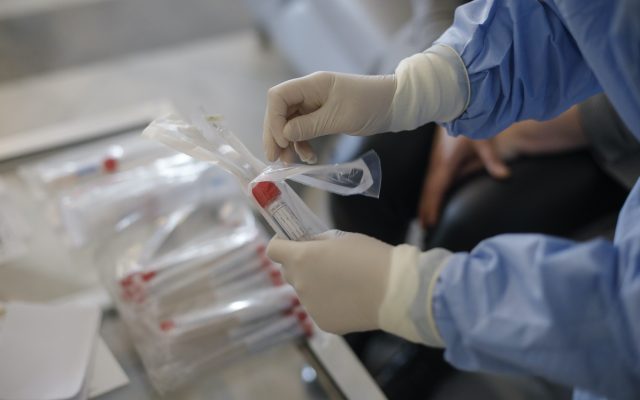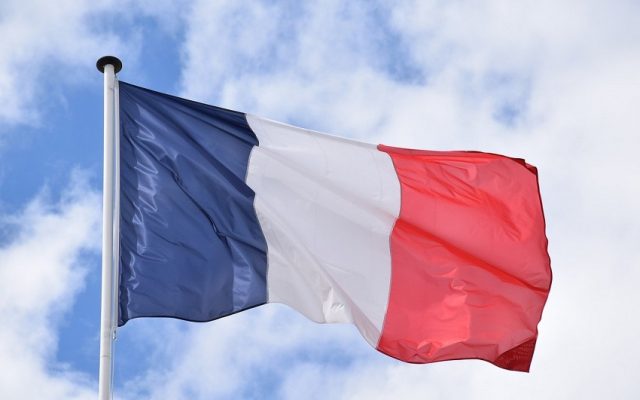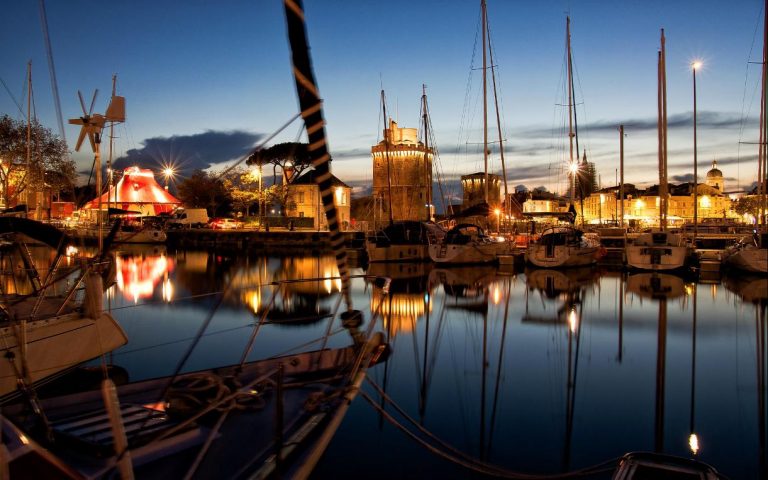
Is it safe to travel to France despite the Covid-19 pandemic? / What are the current travel restrictions and safe places to go
While Europe has been through some difficult times since the pandemic started, many people have experienced emotional, physical and mental fatigue, a KFF study says. So, why not enjoy the summer season to take a break … without taking any risks? France could be an option worth considering since Romanians coming to France are no longer required to self-isolate.
Urmărește cele mai noi producții video G4Media
- articolul continuă mai jos -
Each year more than 80 million people plan their trip to France, especially to Paris, le Mont-Saint-Michel or the Côte d’Azur, making it the most popular tourist destination in the world.
Nevertheless, in the pandemic context, overcrowded places should be avoided but that does not mean you cannot visit France if you want to. It could even be the opportunity to discover traditional landscapes, hidden castles and breath fresh air with a glass of wine and a bite of cheese. Traveling to France is possible, but is it safe and where to go?
On July 7, Romania added France to the travel “green list”, recognizing it as safe.
After suffering from the Covid-19 pandemic (30,209 deaths and 183,079 cases whose 514 were reported in the past 24 hours), France is now considered a safe country to go. Yet Santé Publique France has identified several areas where the incidence of the virus increased over the last week.
Two of them are overseas departments – French Guyana and Mayotte – where the state of sanitary emergency remains in force. Regarding mainland France, the rate of positive coronavirus tests has spiked in the Brittany region, Southwest and Eastern France.
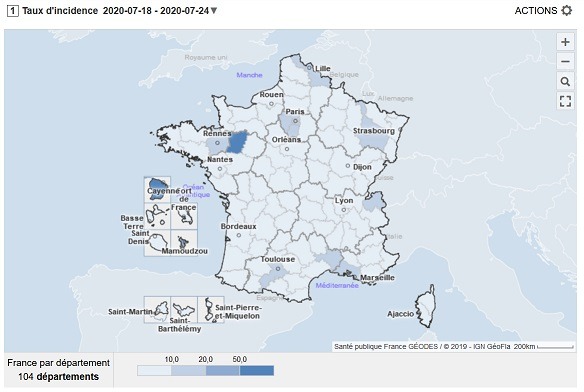
The national authorities are now also concerned by the surge in Covid-19 cases in the Spanish Catalonia, close to the French borders.
If you are planning to visit France, there are a number of rules and restrictions the government has set up to prevent the spread of the coronavirus.
Since July 7, flights between Romania and France have resumed but you may be required to complete an additional health form before you travel. Upon arrival in France, you will not be obliged to self-isolate.
The life in France has almost returned to normal. You are now free to enjoy the French gastronomy in the “bistrots”, watch a French movie in a cinema or go for a walk in the medieval streets of a city of Southern France. For now, most of the establishments are open, including museums, monuments, restaurants, shops, hotels, cinemas, casinos, with the exception of night clubs.
Everything has been done to make these life experiences safe. Customers are asked to wear a mask when walking in closed spaces and to respect physical distancing. Same rule applies to public transportation. Restrictions in visitor numbers may also be implemented according to the owner of the establishment.
You can stay anywhere but overcrowded places, of course, should be avoided.
Although officials say everything is fine, it is better not to go in the previously mentioned departments where the incidence of the virus is increasing. Also, touristic places such as the Riviera/Côté d’Azur and Paris should not be on your trip as they are always overcrowded in the summer, this year as well.
Instead, you may be tempted to visit one of the 12 most sparsely populated places listed by Forbes to be sure you will get some peace and security.
If you want some wonderful scenic landscapes, the Lozère region provides caves and waterfalls in a pleasant walk along the canyon called “Gorges de Tarn”. The Creuse, known as “Little Canada” also gives the chance to hike, bike or even fish in picturesque landscapes. Then, for the food lovers, the Cantal region offers the cheese of the same name and the “aligot” dish, a kind of cheesy mash potatoes.
Thus, if you are found of History, you may go northern, close to the Belgium border in the Meuse department which is quite famous for its first world war battlefields like Verdun. Forbes also give more details about Alpes-de-Haute-Provence, Hautes-Alpes, Haute-Marne, Gers, Ariège, Aveyron, Nièvre, Lot.
Beyond these sparsely populated areas, a trip to the Nouvelle-Aquitaine region would be worth the trip. The biggest French region accounts for many of the “most beautiful villages of France” as well as many specialties including wine, goat cheese, Poitou’s macarons, fishes etc.
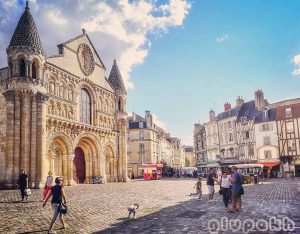
The first step for you could be Poitiers, former capital of France and city of Eleanor of Aquitaine who had been Queen of France, and then of England, and who gave birth to Richard the Lionheart. Going to the west, the small town of Angle-sur-l’Anglin, a medieval town gives you a beautiful view on its a ruined castle dating back to the 11th century, alone on the hill. 2h30 to the East from there, you can smell the Atlantic Ocean fragrance in La Rochelle, a seaport on the Bay of Biscay characterized by its two medieval towers at the gate of the port.
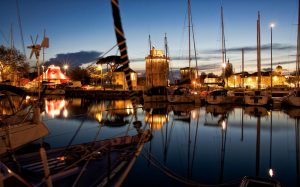
The Wine Route will then take you to the South after having tasted light and fruity wines, bodied or round wines on the palate and discovered new flavors. There you must visit the vineyards or the hundreds of castles (just a few are open to the public) hidden in the forests. If the Covid-19 situation allows it, then, you should consider going to Bordeaux, otherwise, you may just go to the French Basque Country, where French people have this kind of singing accent, the sun and mountains on the horizon.
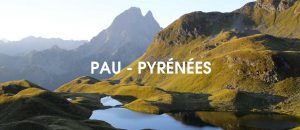
Disclaimer: The list of restrictions can change quickly and without warning. Be sure to check out before booking and / or traveling to France.
Note: Antoine Dewaest is working as an intern for G4Media, enhancing the understanding of the Romanian society. He is studying at Sciences Po Rennes, France.
Sources: Website of the MAE
Website of the French ministry of foreign affairs
Website of Santé Publique France
Forbes, France Travel: 12 Most Sparsely Populated Places To Visit This Summer, 27/07/2020,
Wesbites of all the regions and cities quoted:
Angle-sur-l’Anglin
Poitiers
Bordeaux
La Rochelle
Cantal
Creuse
Lozère
Meuse

Donează lunar pentru susținerea proiectului G4Media
Donează suma dorită pentru susținerea proiectului G4Media
CONT LEI: RO89RZBR0000060019874867
Deschis la Raiffeisen Bank




